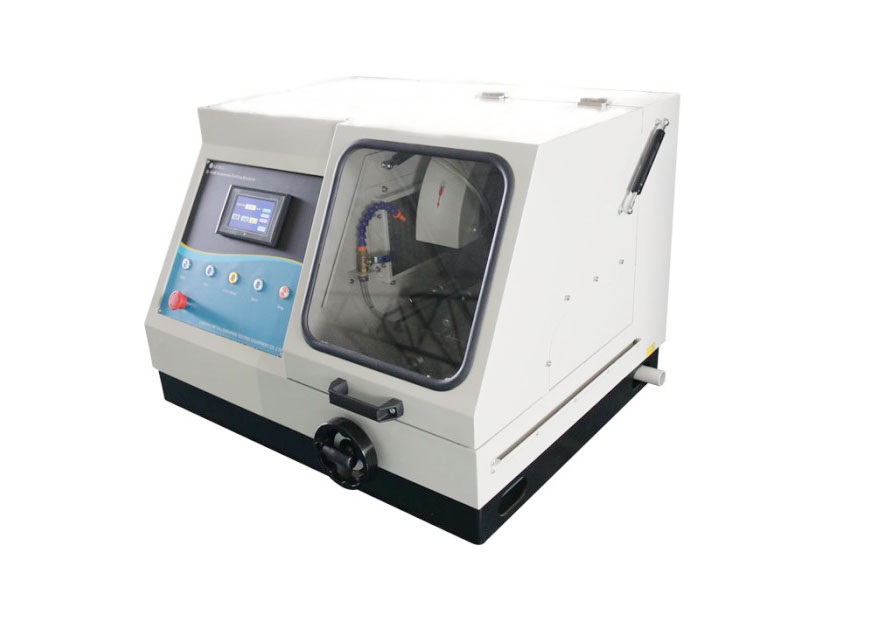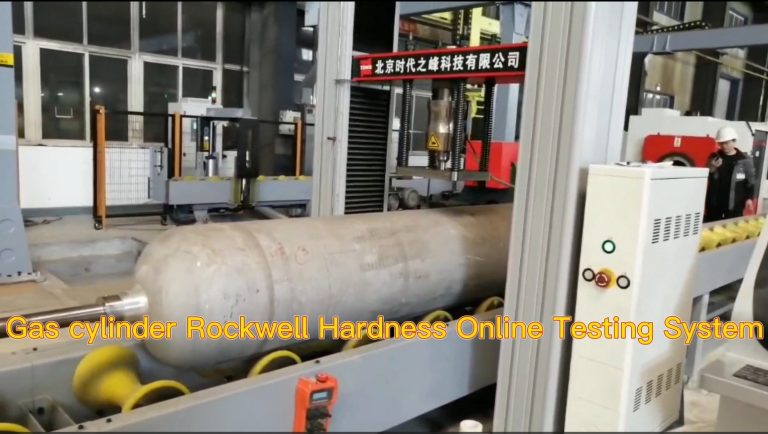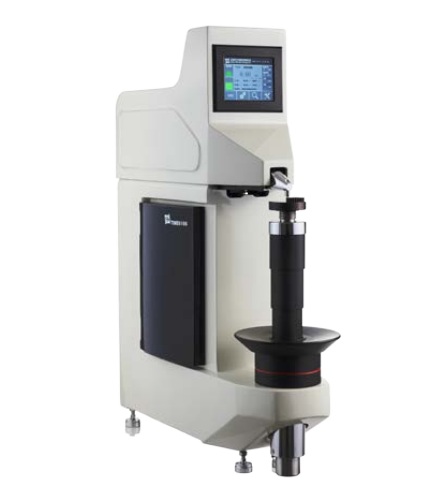Metallography is an essential field in materials science that involves the study of the physical and chemical structure of materials, particularly metals and alloys. A crucial step in the metallographic examination process is the preparation of samples, which often involves cutting them to the desired size and shape. This is where the metallographic cutting machine comes into play.

What is a Metallographic Cutting Machine?
A metallographic cutting machine is a specialized tool designed to cut metal samples with precision and minimal damage to the material’s microstructure. These machines are equipped with high-speed saw blades or diamond blades that can slice through various types of metals, including ferrous and non-ferrous materials. The primary goal of these cutting machines is to produce flat, smooth surfaces that are suitable for further metallographic analysis, such as polishing and etching.
Key Features of Metallographic Cutting Machines
1. Precision Cutting: One of the most significant advantages of metallographic cutting machines is their ability to cut samples with high precision. This precision is crucial for obtaining accurate results during subsequent metallographic examinations.
2. Cooling Systems: To prevent overheating and damage to the sample during cutting, many metallographic cutting machines are equipped with cooling systems that use water or cutting fluids. These systems help maintain the integrity of the material and ensure a clean cut.
3. User-Friendly Controls: Modern metallographic cutting machines often come with digital controls and programmable settings, allowing operators to easily adjust cutting speed, feed rate, and other parameters based on the material being cut.
4. Versatility: These machines can accommodate a wide range of materials and sample sizes, making them suitable for various applications in industries such as aerospace, automotive, and manufacturing.
5. Safety Features: Given the nature of the cutting process, safety is a significant concern. Metallographic cutting machines are typically equipped with safety guards and emergency stop buttons to protect operators from accidents.
Applications of Metallographic Cutting Machines
Metallographic cutting machines are used in various industries for different applications, including:
– Quality Control: In manufacturing settings, these machines are used to prepare samples for quality control testing, ensuring that materials meet industry standards.
– Research and Development: In research laboratories, metallographic cutting machines are essential for preparing samples for metallurgical studies, helping scientists understand the properties and behaviors of different materials.
– Failure Analysis: When investigating material failures, cutting machines allow engineers to prepare samples for microscopic examination, aiding in the identification of the root cause of failures.
The metallographic cutting machine plays a vital role in the field of materials science by enabling the precise preparation of metal samples for analysis. With their advanced features, versatility, and safety measures, these machines are indispensable tools in laboratories, manufacturing facilities, and research institutions. As technology continues to evolve, we can expect further advancements in metallographic cutting machines, enhancing their capabilities and efficiency in material analysis.







